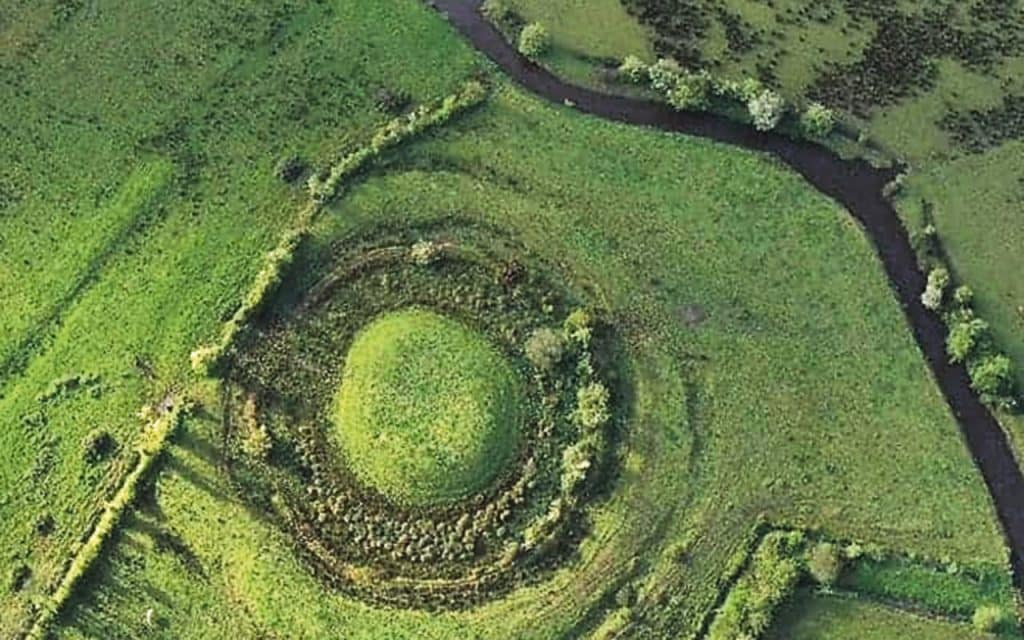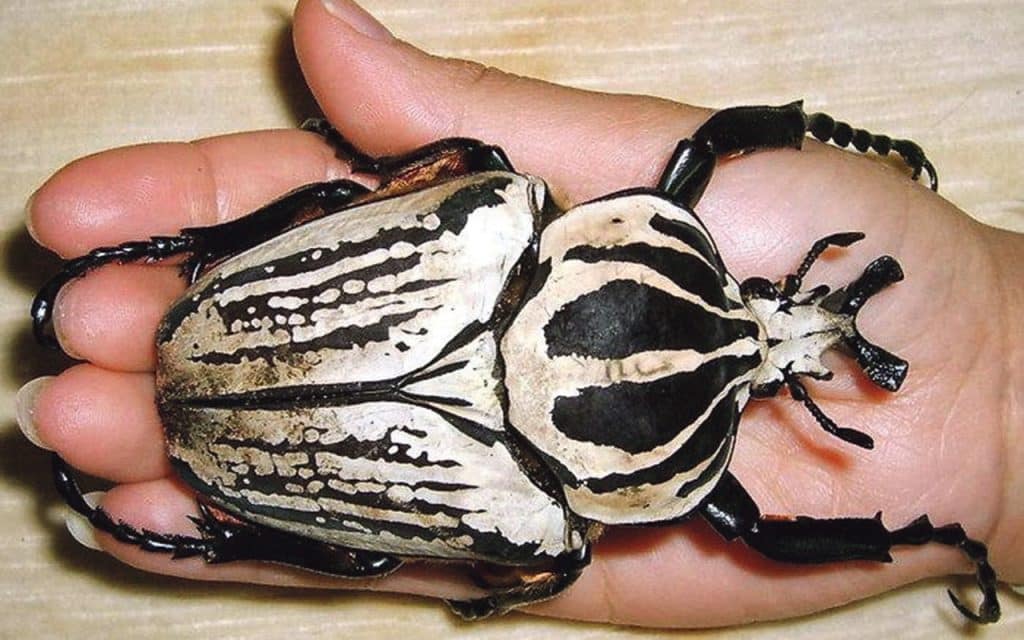This month the ‘Save Murragh Action Group’, a community group opposed to a sand and gravel quarry planned adjacent to the Bandon River, in Murragh, Enniskeane, looks at its local archaeology.
It is interesting to consider who might have been the first peoples to inhabit this area and avail of its silvan and riverine bounty. It was probably Mesolithic hunter gatherers who arrived on this island around 10,000 years ago, fishing and foraging or avoiding wolves from neighbouring Breaghna, a place which means ‘abounding in them’. Prehistoric people weren’t one for memoirs. Historic events were first penned by the quill and ink of monks in about the fifth century. Oral tradition and archaeology, especially If enhanced by radiocarbon dating, is our best means of determining his existence.
A stone chopper was found a few years ago just 7km from Murragh in a Fulacht Fiadh in Curraghcrowley, Ballineen, which proves that Stone Age man did indeed wander through our verdant plain, then a savage forest.
Neolithic or New Stone Age peoples had started farming 6,000 years ago. Fortified by the abundance of flora and fauna of that time, including our native hazelnuts, Neolithic farmers got cracking on cultivating this land, by deforestation, drystone walling and oxen ploughing. In a recent archaeological survey at Murragh, there was ‘indication of comprehensive field system out dating historical mapping’, relict field boundaries, double ditches or tracks, enclosures and charcoal filled furrows, both of plough and ‘lazy beds’.
Probably the Celts, who arrived on this land c.500bc, created these beds. They were essentially layers of horse manure, sand and peat, raised by a tool, with a footrest called a bucán. We associate the beds with potatoes – which were only introduced to Ireland in the 1500s, but Celtic farmers grew other crops in them, as they had triple the yield of a drill.
The Celts valued their ‘bó’. The legacy of the word ‘bóthar’ for road, represented the width of two cows walking abreast. Cattle was their unit of currency, prized and protected from raids.
No doubt ‘booleying’ or transhumance was carried on here, the practice of moving livestock and their keepers to higher ground in summer. Women, slaves and children would have done such work. They would likely stay on Corran Hill until winter, taking advantage of the lush summer pasture and freeing up the lowlands for crops.
At sundown, accompanied by their cú, our prehistoric farmers trudged home to their round huts, made from wattle and daub with a conical roof of reeds. Fortunately, indications of this type of Bronze or Iron Age house showed up on the western side of the site.

There are many Fulachtaí Fia or ‘burnt mounds’ in this neighbourhood. There are at least six in the combined townlands of Farranashesherry, Teadies Upper and Dromovane. We are pleased to add two more, which were located near ponds, with one containing possible associated trough/timbers. Water was boiled in the trough using stones heated in an adjacent hearth. Then meat or fish was immersed in the water. The discarded heat shattered stones built up over time, hence the name ‘burnt mound’.
These Bronze Age pits, though some might be Neolithic, were called the ‘outdoor kitchens of the Fianna’ and immortalised in tales of hunting. Also, a place of social gathering for solstice festival feasting. There have been other possible uses postulated for these pits, from fulling/dyeing cloth, tanning leather, to bathing or laundry but perhaps not, as Celtic warriors fought in their ‘birthday suits’.
One could ask what early man did in Murragh with the surplus of foraged plants or berries, or in later times, farmed wheat or barley. Ale is a likely answer. A fulacht fiadh would be ideal for such a process and, no doubt, there would be much horn blowing on consumption. Or for the less rambunctious, a game of fidchell, the Bronze Age precursor of chess.
In later Medieval times the figure of eight corn kiln, which showed up in the archaeological survey, would have dried corn, which may have been used for brewing, as well as bread making.
Our land was revered by our ancestors. The Celts believed that trees, water and even inanimate objects contained spirit. A place by a river was especially sacred, like the portal to the Otherworld. The former Irish name for the Bandon was Loígde meaning Calf Goddess, named after Lugaid Loígde king of Munster, and grandfather to our high king Lugaid Mac Con.
There has rightly been much publicity about our tumulus or ‘Diarmod’s grave at Murragh’s Glebe’, the suggested resting place of the Fianna warrior
Diarmuid Ua Duibhne, our recently discovered ring ditch or barrow located to the south near the river, could be of equal importance. A barrow is another word for tumulus, as it’s a mound of earth or stones used to cover one or a number of graves. In 2018, there were 112 ring barrows recorded in County Cork. Their origins lie in the Bronze Age but also extend to the late Iron Age. 2400BC – 400AD. The portion discovered in Murragh indicates a diameter of between 17 to 20 metres. There is a multiple number of discrete circular anomalies in its interior. Perhaps these contain the remains or ashes of the deceased. There is evidence of long habitation here.
Dúchas essays inform us that this area is known as the burial place of kings. Whoever lies beneath this modern world, deserves the honour and respect, which our ancient peoples bestowed upon our homeland.


